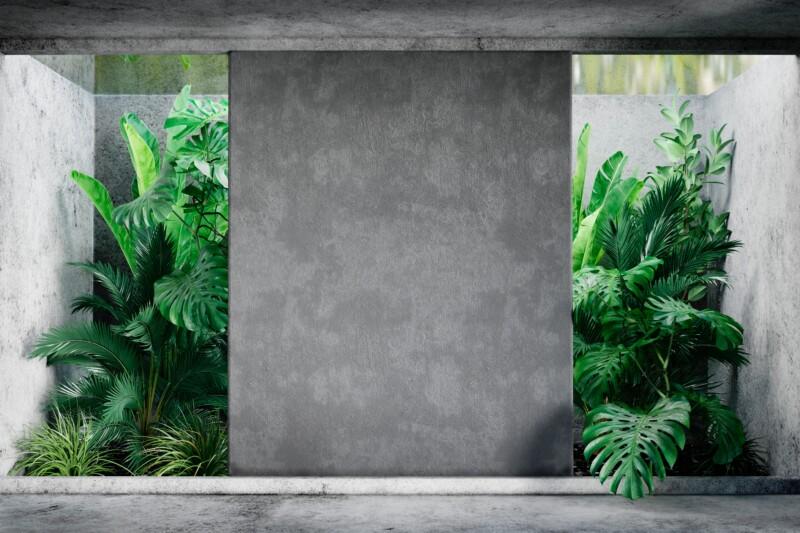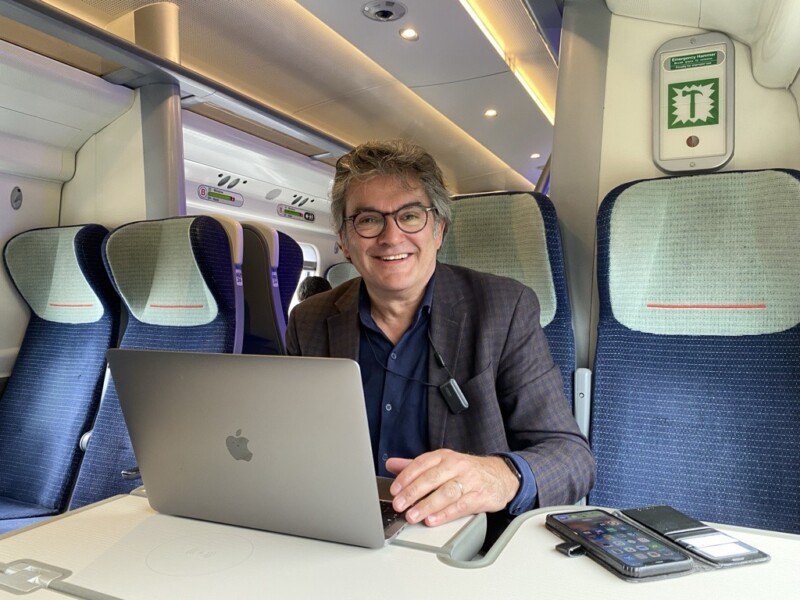Greener buildings in Europe need smarter lighting now

The EU Renovation Wave Initiative will not fully succeed without an upgrade of lighting installations says Lighting Europe and the IALD’s recent report.
There’s nothing better than natural daylight to boost vitamin D levels, ward off seasonal depression, and improve sleep quality. So, the WHO’s statistic, which states we spend 90% of our time indoors, does not bode well.
However, the technologies to bring the benefits of natural daylight indoors already exist. The transition from legacy light sources (fluorescents!) to digitized LEDs, the development of wireless technology, and software-driven programming are moving us on from primitive indoor lighting with on/off control by enabling sophisticated circadian lighting and task-tuning that can be easily mastered in an end-user application. We can now change the brightness and temperature of artificial light over the course of the day to imitate the position and intensity of the sun – hailing the dawn of human-centric lighting. Now we need to get this into every home, hospital, school and place of work.
But adoption is too slow. According to Statista, the LED penetration rate of the worldwide lighting market currently sits somewhere just above the 50% mark. There’s still a way to go. Various movements, spurred on primarily by the Paris Agreement, are opening the doors of opportunity for smart lighting to flourish. Take the EU Renovation Wave Initiative. A priority under the European Green Deal, this initiative seeks to increase the rate and quality of building renovations to help decarbonize the existing building stock. In addition to cutting carbon emissions and preparing buildings to adopt cleantech solutions in line with 2050 climate neutrality targets, improved energy efficiency is hoped to alleviate energy poverty for millions of Europeans. Such endeavors are also required to enhance the quality of life for people living in and using the buildings.
Smarter lighting will play a crucial role in the provision of better indoor environments. This is the topic of Lighting Europe and IALD’s latest paper entitled ‘How to Create Better Lighting’ (July 2022), which states that no building renovation in Europe will fully succeed without an upgrade of the lighting installations. The paper highlights five critical-to-success lighting requirements.
1. Adjustable light levels
The report states that a lighting system that enables luminaire-level variation according to personal needs will not only reduce energy waste but also bring psycho-physical benefits to a building’s occupants. In fact, the new European lighting standard EN12464-1:2020 also stipulates the introduction of light variability using controls – especially for spaces occupied for extended periods. An adjustable system must ensure that the benefit of available daylight is maximized, occupancy of the space is considered, changes in visual tasks can be catered for, and changes in occupant’s preferences or needs can be catered for.
2. Better light sources
LEDs are being taken into use across all public and private spaces because they are proven to yield energy savings of up to 70%. But this report emphasizes the importance of better light sources for wellbeing too. Not only are the flicker and stroboscopic effects of legacy light sources eliminated when upgrading to high-quality LED and drivers, but LED lights are the perfect partner for digital controls because they include a semiconductor to produce light. This means that the spectral output from LEDs can be better varied as can the illuminance levels.
3. Holistic, professional approach to lighting design
The professional lighting designer, says the report, will play a critical role when it comes to introducing innovative lighting schemes that perfectly marry function with aesthetic and the therapeutic qualities of dynamic lighting. A designer must find not only the most cost-effective and energy-efficient products but also consider the impact that temporal light artefacts, melanopic EDI ideals (which means the equivalent daylight luminance of artificial lighting), color fidelity and saturation will have on a building’s occupants.
4. Tunable lighting
The report cites the importance of choosing luminaires and a lighting controls system that allow the brightness as well as the color temperature to be separately adjusted to mimic time of year, time of day, and potentially compensate for weather conditions. It also says that tunable lighting can better accommodate different visual tasks and be used to evoke appropriate emotions for such; warm lighting for relaxation, cooler lighting to encourage concentration and alertness etc.
5. Customizable and personalized control
The report supports the uptake of lighting systems that facilitate personal control. It states that the personalization and optimization that is achieved by using lighting controls will both save energy and help ensure that the occupants of a building are provided with ‘the right light, at the right time, in the right place’ for the various tasks they carry out every day.
Casambi answers this call to action
The report goes into a little more detail than this summary provides. But all the points raised ring 100% true for us. Casambi’s versatile approach to lighting control is all about enabling the personalization of interior (and outdoor) environments, providing experiential lighting for different modes of living and working, and smart control for bespoke operations and needs. We aim to simplify the complex task of lighting any given space in a way that simultaneously caters to the needs of all occupants.
Casambi’s technology provides lighting designers and manufacturers with the ability to wirelessly link devices together enabling the creation of customizable smart lighting networks that are configured and controlled using the Casambi App. Our solution is perfect for retrofit projects because wireless lighting can be installed without the need for surface reconstruction and can be quickly commissioned remotely from the app. Pre-existing wired installations can be easily expanded wirelessly and upgraded to include occupancy and daylight sensors too.
The built environment is still responsible for excessive energy consumption and the way we use buildings must change. We fully support the EU Renovation Wave Initiative and agree with Lighting Europe that an upgrade of lighting installations will be critical to its success.
Interested in learning more about Casambi? Drop us a note, and we’ll reach out to you:


